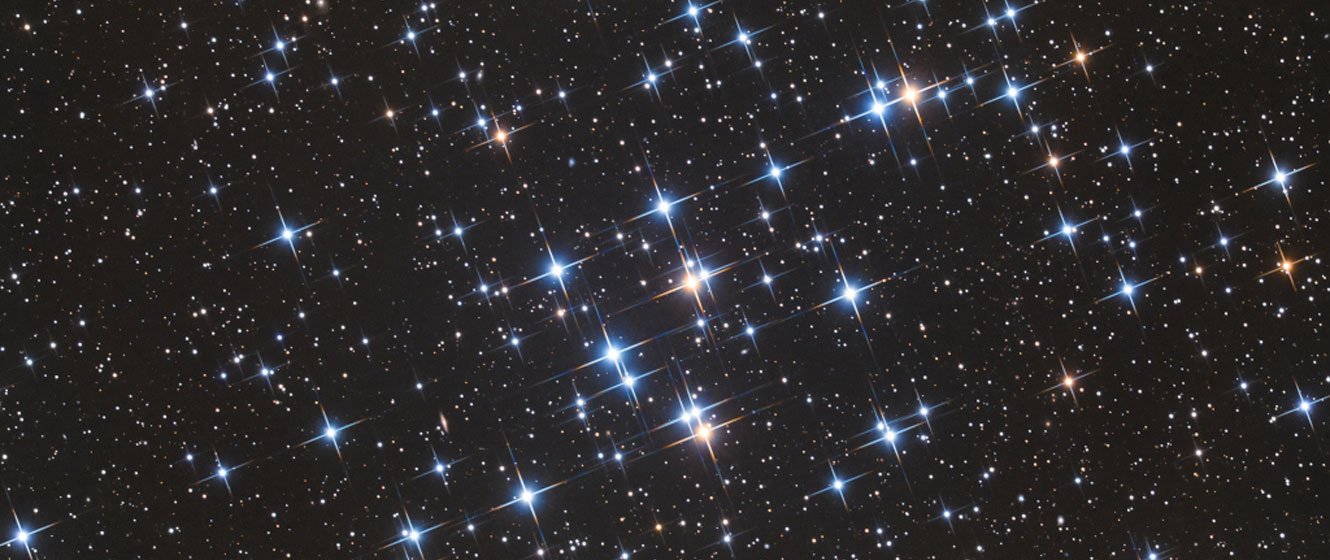
In this episode of What's in the Sky this Month, Teagan reviews some of the beautiful celestial objects you can see in the month of March 2023!
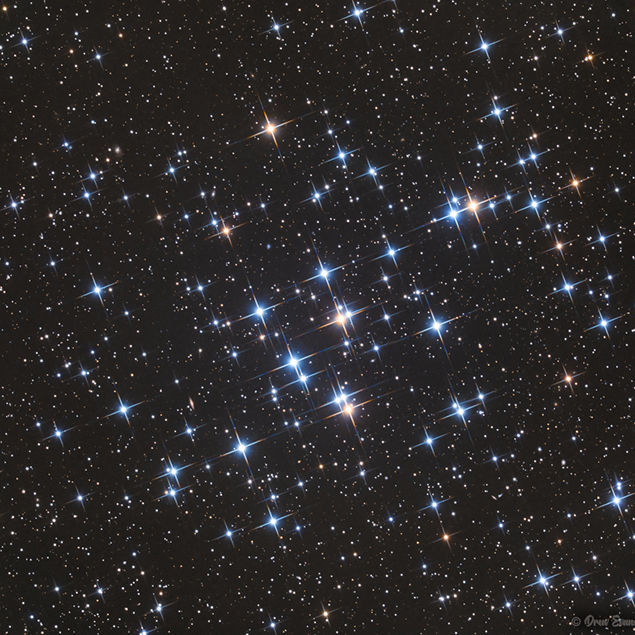
Image credit: Drew Evans
M44 - The Beehive Cluster
Located in the faint constellation of Cancer, the Crab, the Beehive holds the unique distinction of being the only deep sky object that’s brighter than any of the stars that make up the constellation itself. If you live under dark skies, you should be able to spot the cluster with your naked eye, but otherwise, binoculars will do the trick.
Even through 8x32 binoculars, the cluster takes on an elongated diamond shape, with a close double appearing on the northern tip of the diamond. Telescopically, the cluster is best observed at low power, with the majority of the stars appearing blue-white but with a few coppery stars scattered here and there. Look for an asterism that’s reminiscent of the constellation Cepheus near the center.
OUR NEAREST NEIGHBORS
Neptune is in conjunction with the Sun on the 17th and is therefore not visible, but Mercury makes a strong appearance in the evening sky from around the 10th onwards. It reaches its greatest elongation on the 24th and can be seen low over the western horizon from about 15 minutes after sunset. Jupiter is now past its best but can be seen in the twilight after sunset, with the crescent Moon appearing nearby on the 13th. Uranus is also losing ground against the Sun but may be spotted from about an hour after sunset. Both Jupiter and Uranus appear within the same binocular field of view from mid-month onwards. Make the most of it as the two won’t be this close again for another 13 years! Meanwhile, in the predawn twilight, Venus and Mars also appear within the same binocular field of view for the first week of the month, but while Mars is moving away from the Sun, Venus is slipping closer toward it. A crescent Moon appears nearby on the 7th and 8th. The Moon itself turns new on the 10th, and then the Full Worm Moon occurs on the 25th.
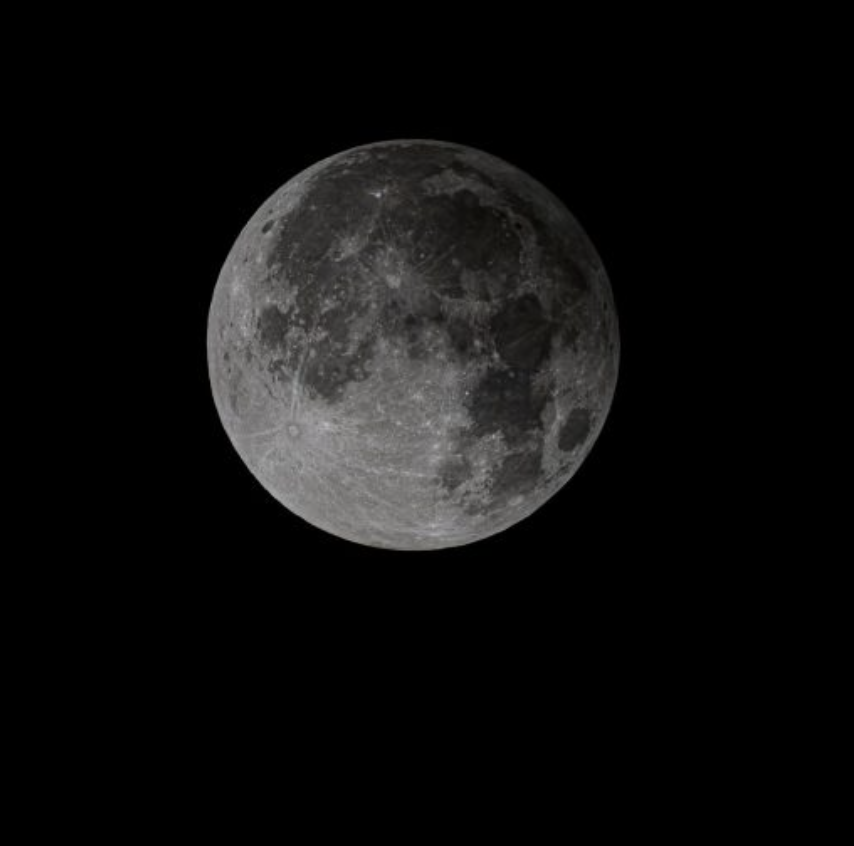
Image credit: Nils Ribi via EarthSky.com
Penumbral Lunar Eclipse
As lunar eclipses go, penumbral eclipses usually don’t deliver much, but they can still be worth a look, if only to see if you can notice any difference! This month, there’s a penumbral eclipse in the early hours of the 25th, with a mid-eclipse occurring at 03:14 AM ET (00:14 PT).
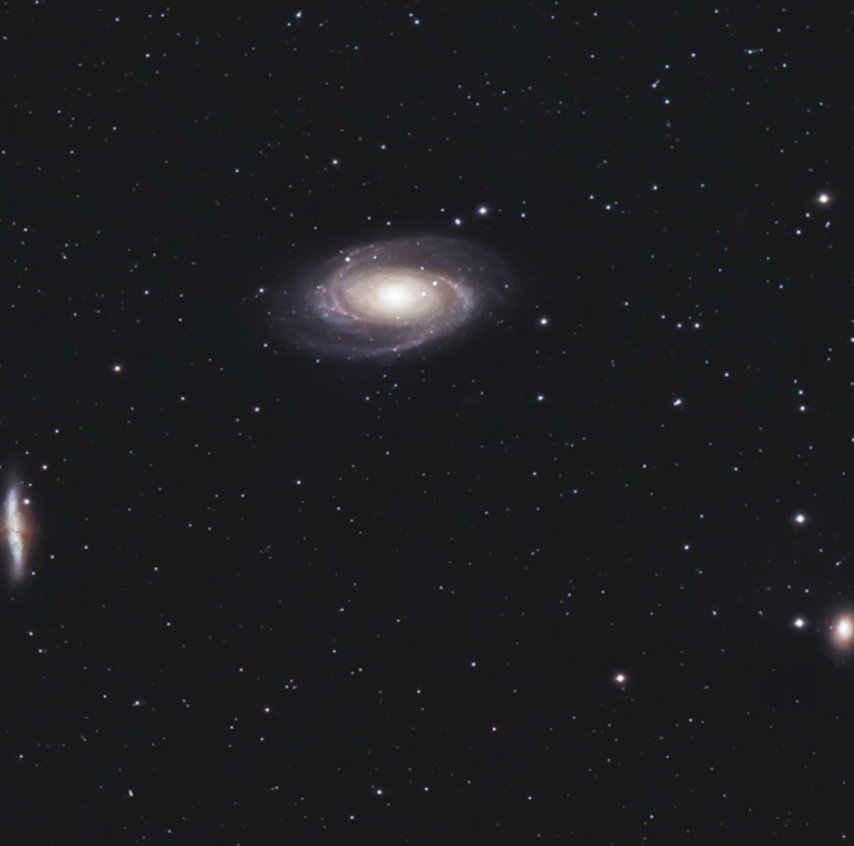
Image credit: AstroBackyard.com
M81 & M82 - Bode’s Galaxy & the Cigar Galaxy
Here’s a close pair of galaxies that are relatively easily seen and readily observed throughout the spring. Both may be spotted with binoculars under dark skies, with the pair making for a fine sight through a telescope.
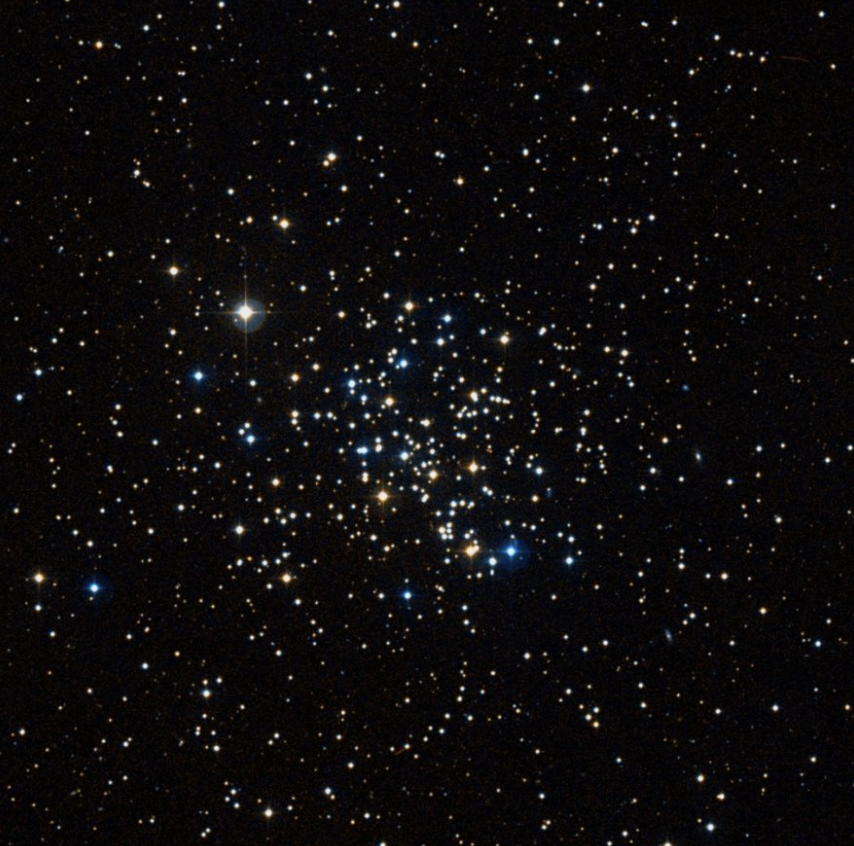
Image credit: NASA, ESA
Messier 67
The Beehive is one of two Messier open star clusters to be found in Cancer. Messiser 67 is conveniently located just under two degrees west of the star Acubens, and at 4 billion years old, is one of the oldest open star clusters known.
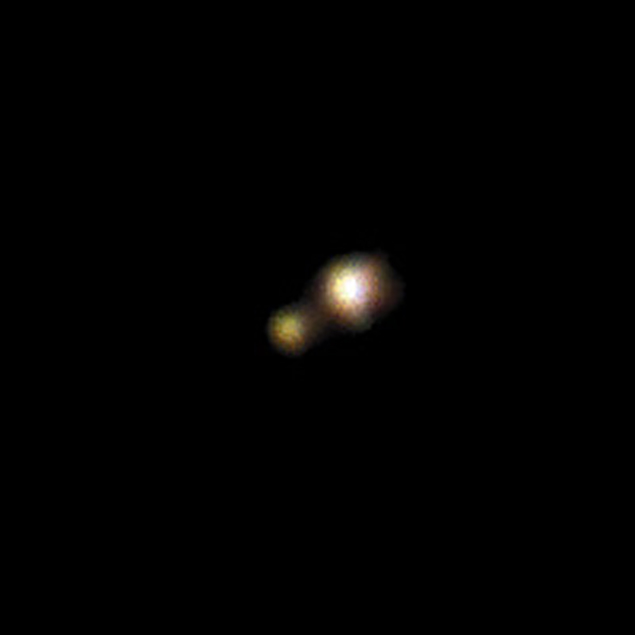
Image credit: Rainer Anton
Gamma Leonis (Algieba)
An easy double for binoculars with a surprise for telescopic observers, Algieba is one of the stars that make up the mane of Leo, the Lion. Binoculars will show a fairly wide companion, but telescopes at around 100x will split the primary star into two golden components.
STELLAR CONCEPTS
Penumbral Lunar Eclipse: A lunar eclipse occurs when the Moon passes through the shadow of the Earth in space, but the nature of the eclipse depends on which part of the shadow the Moon passes through. When the Moon passes through the inner central region of the shadow (called the umbra), we see the Moon turn orange and we have a partial or total lunar eclipse. The outer region of the shadow is called the penumbra, and it’s not nearly as dark as the center. So when the Moon only skims through this region, we have a penumbral lunar eclipse, but the Moon’s light is only slightly dimmed.










